316Ti (UNS S31635) is a titanium-stabilised version of 316 molybdenum-bearing austenitic stainless steel. The 316 alloys are more resistant to general corrosion and pitting/crevice corrosion than the conventional chromium-nickel austenitic stainless steels such as 304.
Resistance to sensitisation is achieved in Alloy 316Ti with titanium additions to stabilise the structure against chromium carbide precipitation, which is the source of sensitisation. This stabilisation is achieved by an intermediate temperature heat treatment, during which the titanium reacts with carbon to form titanium carbides.
The austenitic structure also gives these grades excellent toughness, even down to cryogenic temperatures.
It is the preferred steel for use in marine environments because of its greater resistance to pitting corrosion than other grades of steel. The fact that it is negligibly responsive to magnetic fields means that it can be used in applications where a non-magnetic metal is required. In addition to molybdenum, 316 also contains a number of other elements in varying concentrations. Like other grades of stainless steel, marine grade stainless steel is a relatively poor conductor of both heat and of electricity when compared to metals and other conductive materials.
While 316 is not completely rust-proof, the alloy is more corrosion-resistant than other common stainless steels. Surgical steel is made from subtypes of 316 stainless steel.

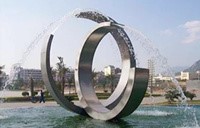




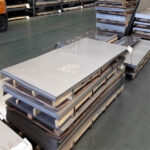
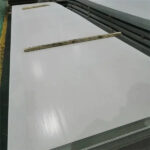
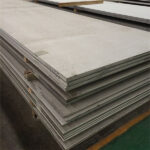
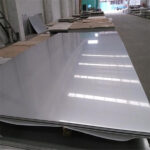
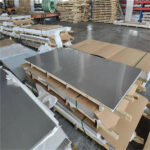

.jpg)
.jpg)


.jpg)



